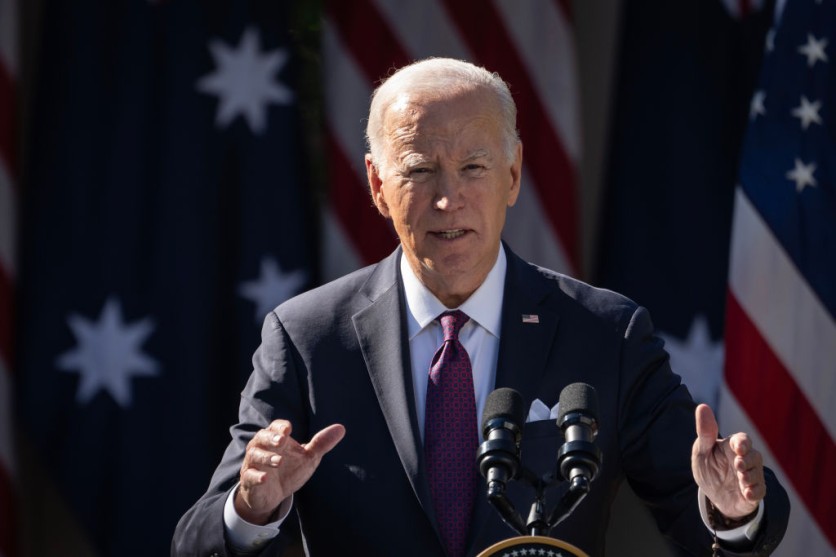In a "sweeping" move to regulate the burgeoning field of artificial intelligence (AI), U.S. President Joe Biden is set to introduce a comprehensive executive order. This directive aims to establish new safety standards for AI systems, with a focus on minimizing associated risks.

Executive Order on AI Regulation
The White House emphasized that developers of powerful AI systems will be obligated to share the results of safety tests conducted with the U.S. government.
This measure, in accordance with the Defense Production Act, intends to ensure that AI systems meet stringent safety, security, and trustworthiness criteria before they are made available to the public.
The order also places a spotlight on the National Institute of Standards and Technology, which will be tasked with setting rigorous standards for extensive red-team testing of AI systems.
Furthermore, the Department of Homeland Security will play a crucial role in applying these standards to critical infrastructure sectors and establishing the AI Safety and Security Board.
The Departments of Energy and Homeland Security will additionally address AI systems' potential threats to critical infrastructure, including concerns related to chemical, biological, radiological, nuclear, and cybersecurity risks. These combined efforts represent the most significant actions ever undertaken by a government to advance AI safety.
The executive order also tackles the potential misuse of AI in engineering hazardous biological materials. It aims to establish robust new standards for biological synthesis screening, which will be required for federal funding of life-science projects.
This move sets powerful incentives for appropriate screening processes, effectively managing risks exacerbated by AI.
Addressing concerns related to AI-enabled fraud and deception, the order seeks to establish standards and best practices for detecting AI-generated content and authenticating official content.
Departments In-Charge
The Department of Commerce will lead the charge in developing guidance for content authentication and watermarking, ensuring that communications received by Americans from their government are authentic.
Furthermore, the executive order aims to bolster cybersecurity efforts by developing AI tools dedicated to identifying and rectifying vulnerabilities in critical software. This builds on the ongoing AI Cyber Challenge initiated by the Biden-Harris Administration.
The National Security Council, in collaboration with the White House Chief of Staff, is in the process of crafting a National Security Memorandum. This document will play a pivotal role in overseeing and ensuring the secure, ethical, and efficient deployment of AI in military and intelligence missions. It will provide clear directives aimed at thwarting the adversaries' utilization of AI in military contexts.
Furthermore, the executive order urges Congress to enact bipartisan legislation on data privacy. This legislative push places a significant emphasis on advancing the development and adoption of privacy-preserving methodologies.
These state-of-the-art techniques, harnessing the power of AI, will not only facilitate the training of AI systems but will also guarantee the confidentiality of training data.
"The Executive Order establishes new standards for AI safety and security, protects Americans' privacy, advances equity and civil rights, stands up for consumers and workers, promotes innovation and competition, advances American leadership around the world, and more," the White House said in a press release statement.
Related Article : President Joe Biden Designates 31 Tech Hubs Across the US

ⓒ 2025 TECHTIMES.com All rights reserved. Do not reproduce without permission.




